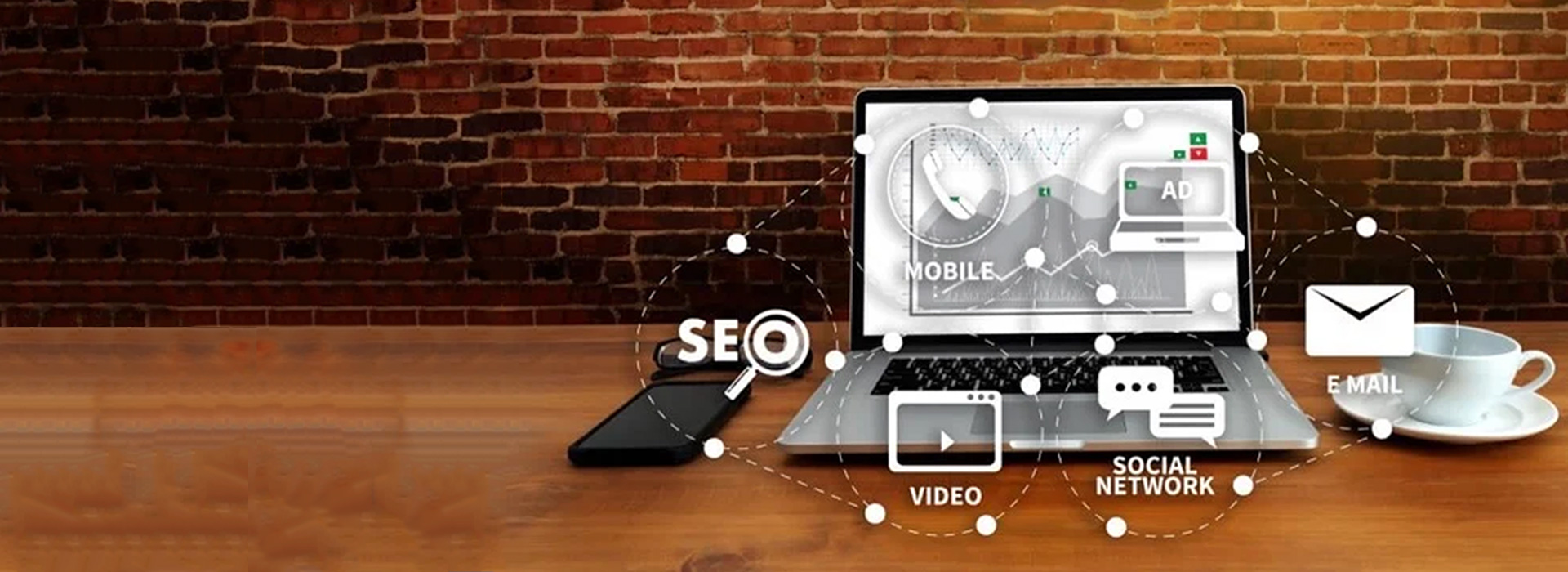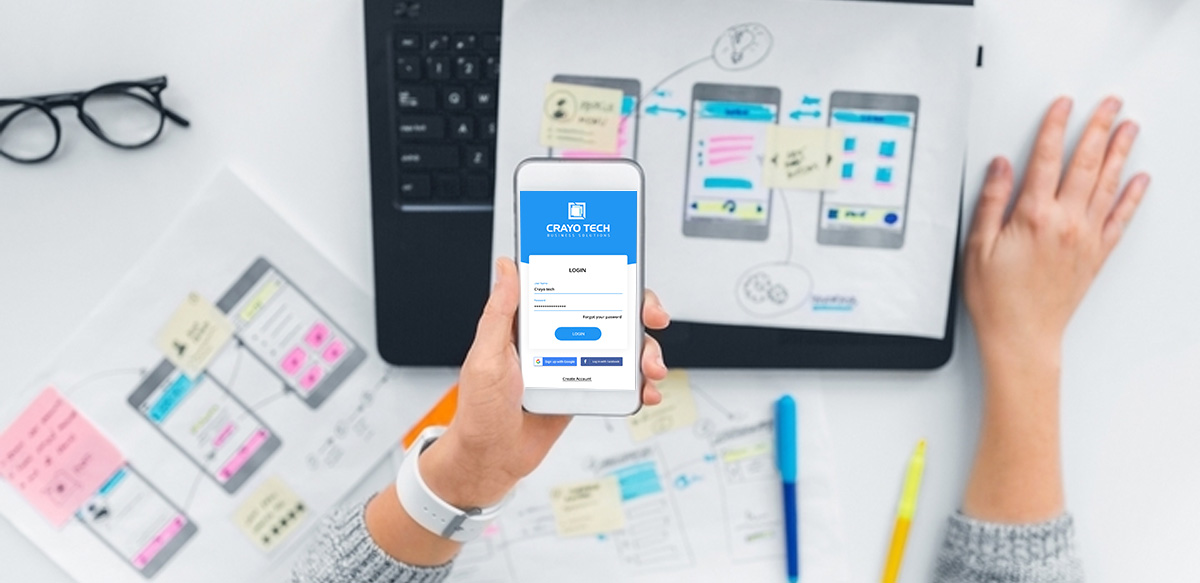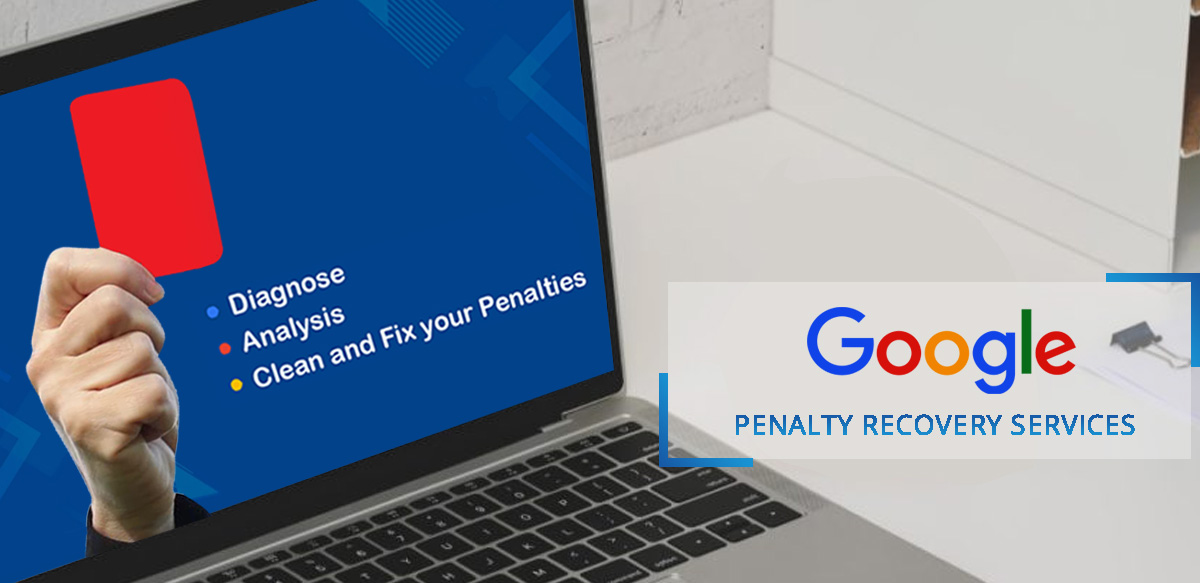
Nov 24, 2020 | By Crayo Tech
Crayo Tech- Google Penalty recovery services
You’ve worked so hard to earn a spot on the first pages of SERPs. But all of a sudden, you’re nowhere to be found. And because of that, there’s been a subsequent loss in traffic. That sinking feeling in your stomach is not making things any better.
What’s going on?
Just like thousands of other websites, it could be possible that a Google penalty has hit you. Matt Cutts claims over 400,000 manual penalties are doled out every month.
However, the fact that it’s a common occurrence doesn’t make it less worrisome. In fact, according to QuickSprout, if you get caught violating Google’s guidelines, Google will slap you with a penalty that could make your search engine rankings decline by 50+ spots each. I feel your pain.
But there are some ways to cope with the situation.
How do you know you’ve been hit with a google penalty?
Penalties come in all shapes and sizes. But there are several telltale signs that your website has come under Google’s radar. Common ones include:
- Sudden loss of organic search traffic
- Sudden loss in rankings
- Notification of a manual action
- Not showing up in Google search at all
But before we dive deeper into the matter, let’s cover the basics.
What is a Google penalty?
A penalty is a punishment enforced by Google against a website that has content or uses marketing practices against Google’s guidelines. There are basically two types of penalties: manual penalty and algorithmic penalty. People are often confused by the terms and end up using them interchangeably. However, there is a big difference between the two.
1. Manual Action
A manual penalty, also referred to as a manual action, is delivered to a site that has been manually reviewed by a Google employee. To find out if you’ve received a manual action, simply log into your Webmaster Tools account, click on “search traffic,” and then “manual actions.”
If you see a message like the one displayed below, manual action has been taken against your website.
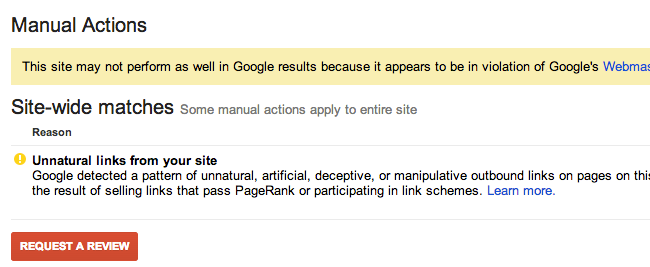
You’ll know what’s happening and why. After fixing the problem, you can submit a reconsideration request. For this reason, you need to check your Search Console regularly. It contains a lot of useful information and tools that can boost your marketing efforts or even stop a penalty from occurring in the first place.
The different types of manual penalties that Google can impose are:
- Hacked site- A malicious code or malware has been detected.
- Thin content- There are pages on your site with low-quality, useless content that offer no value to readers or are overly promotional.
- Unnatural links- Google has found unnatural inbound or outbound linking practices. If you’ve utilized deceptive or manipulative link building practices, it’s time to clean up your act.
- Pure spam- You’ve been caught implementing a black hat practice that Google considers spammy.
- User-generated spam- A viewer has left an inappropriate comment on your blog or a forum post.
- Sneaky redirects- Users are automatically redirected to a page they wouldn’t typically have visited. Google recognizes your sneaky efforts.
- Keyword stuffing- You have overused keywords with the sole intention of optimizing your website.
2. Algorithmic Penalty
On the other hand, an algorithmic penalty occurs when a filter finds issues with your site. A filter is a part of the algorithms Google uses to evaluate and estimate a website's quality. It can suppress or hold your website down, making it hard to rank in search. And because you receive no notification from Google, it can be hard to diagnose. You simply have to keep checking if there’s been a drop in organic traffic that coincides with a Google algorithm update.
Google has introduced a number of filters or updates over the past decade. And it will continue to do so to ensure fair ranking standards. Familiar ones include:
- Panda filters out websites with thin, low-quality content.
- Fred was launched to filter sites with low-quality content but was also ad-heavy.
- Penguin was introduced to combat web spam and penalize websites using blackhat SEO techniques to acquire links.
- Pirate penalizes sites with copyright issues.
- EMD (exact match domain) prevents sites with poor content from ranking well simply because they have matched keywords in their domain names.
- Possum’s goal is to filter out the number of duplicates and spammy business listings in local search results and Google Maps.
- Rankbrain takes into consideration keywords and user satisfaction. So it also focuses on measuring how people interact with the results.
- Mobilegeddon has been a long time coming. It ranks websites based on how mobile-friendly they are.
- Pigeon was brought in to improve search results by providing more relevant information based on distance and location. It allowed local businesses to rank based on customer reviews and user content as well.
- Hummingbird was able to consider the context of a search phrase better. Instead of looking at a few words or separate words, it used all of them together to match the meaning for better search results.
- Phantom was focussing on weeding out sites that were not providing top-notch content to readers.
It’s a challenging job trying to stay up to date with all of Google’s algorithms and their updates. But MOZ is doing a wonderful job of keeping current with all the major Google algorithm updates, from 2000 till present.
What could incur a penalty from Google?
Google’s mission is to provide users with accurate information and unique content. Therefore, it continually tweaks and improves its algorithms to ensure only the best websites show up in search.
- The content on the website is either too short, unedited or has errors
- You’ve bought links for your website
- Your site has slow loading speeds or does not perform optimally on mobile devices
- There are excessive reciprocal links
- Your content has somehow acquired backlinks from an adult, gambling, or low-quality pages
- Duplicate or spun content has been identified
- Overusing H1 tags or offering poor website structuring
- Your site has internal 404 issues
- There are links from sites in another language
- You don’t have an HTTPS security certificate
What should you do about it?
Ignoring a Google penalty will not make it go away, no matter how badly you want it to. In fact, it can make matters worse.
If you are still reading this blog, it’s pretty clear that you’ve been able to identify that your website has been hit by a penalty. But if you think there’s a magic potion that will make your Google penalty disappear into thin air, I'm sorry to be the bearer of bad news. Unfortunately, there are no shortcuts. It takes hard work and dedication to resolve the issue. But you already knew that- that’s why you’re actively looking for a solution!
Here is a list of steps to create an organized approach to penalty recovery:
1. Identify what the problem is
So the first step in the healing process is acknowledging that there is a problem. With a manual penalty, at least you know what the problem is. The key is to work quickly to rectify the situation so that the problem doesn’t escalate by negatively impacting your traffic and SERP rankings.
Not so easy if you suspect an algorithm penalty. But even here, you can use a variety of penalty indicator tools to find out what’s happened. Other tools, like SEMrush, can perform a complete site audit, from analyzing content to checking backlinks.
Remember that you could have lost your organic search position simply because you have been outperformed by your competitors.
2. Devise a plan of action and implement it
Depending on whether the situation arose due to a penalty, an update, or link devaluation, a suitable plan of action needs to be devised. You need to plan appropriate recovery steps that will work towards undoing the damage. If you don't take specific steps to resolve the problem, your haphazard response can do more harm than good.
Yes, it’s true that 95% of all Google penalties are related to backlink profiles. So this should be first and foremost on your agenda. Often a site with too many low-quality backlinks or irrelevant links will face a penalty. Website owners believe that simply deleting every low-quality link from their profiles will put an end to everything. But that’s not necessarily the case. You need to focus more on developing new, high-quality links.
Consider reading Google’s Webmaster Guidelines to learn all about the essential qualities your backlinks should possess. Not only will your website rank well, but you’ll be able to stave off a Google penalty in the first place.
But the initial aspects that you should consider are:
- Deleting unnatural links
- Email a request to remove the bad links
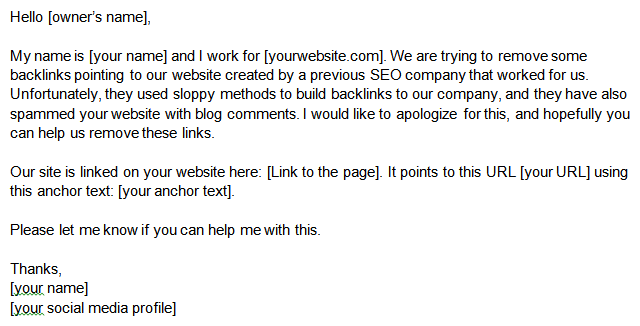
Plan a Project
Request for a Quote
Join the Team

